POLK COUNTY SENIOR LIVING



Mid-Valley Eyecare
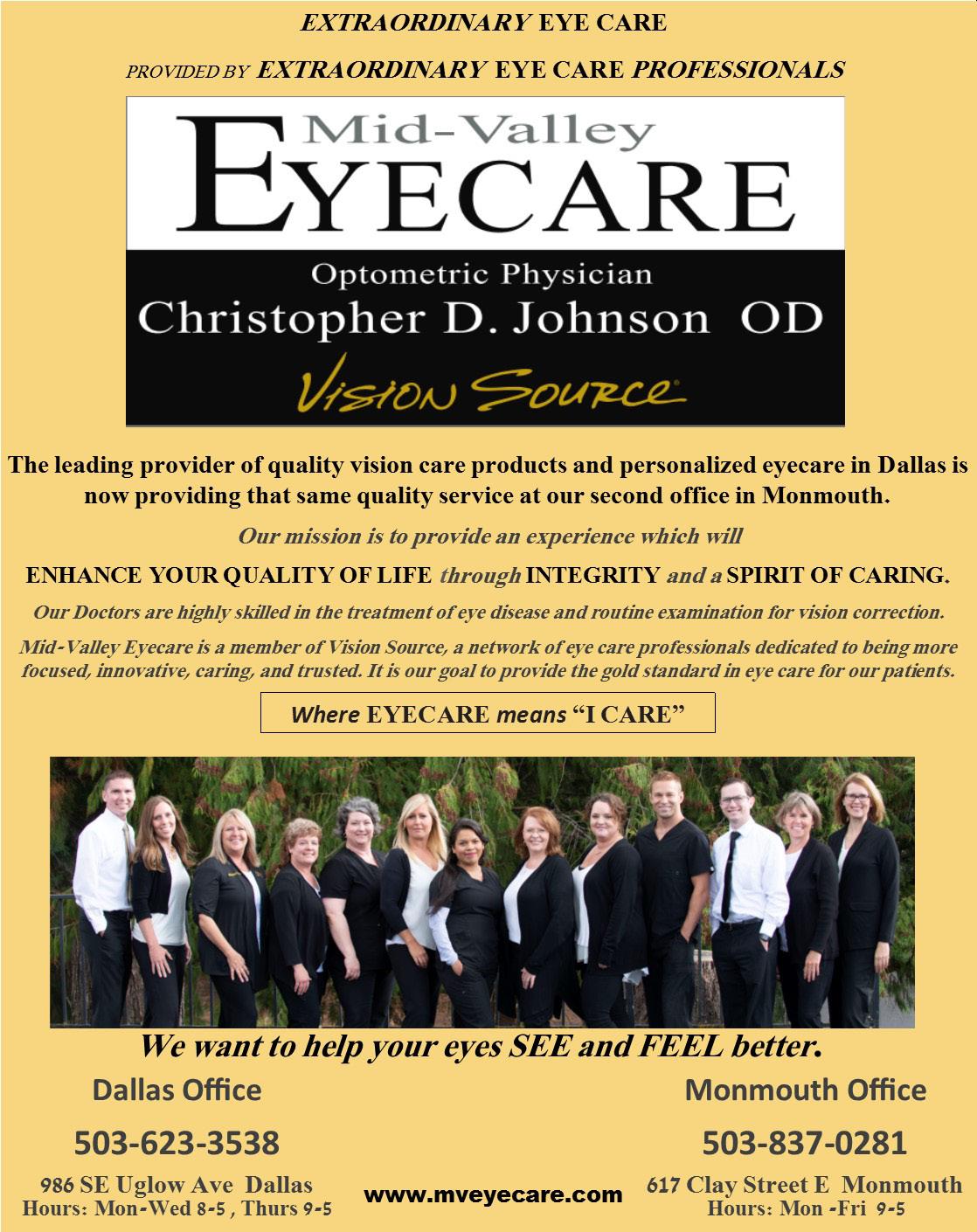

Dr Weston Morrill D.M.D General
Five ways traditions help us
How to work out without excuses
Five reasons to make your move to a life plan community sooner than later
T Golden Funeral Service
Aquatic Center
Retirement Village
Medical
Jones
Firemed
Vital Health
Megan Fogg
Five most common senior living misconceptions
Decluttering
Six desirable benefits of
for seniors 18 How to navigate the aging journey 20
Dallas Area Senior Active Calendar
aging
October 19, 2022
and Published by
Itemizer-Observer Content and Photos Provided by StatePoint, Dallas Retirement, Adobe photo, Unsplash, unless otherwise
at Eagle Web Press, Salem, OR
SE Court Street | Dallas, OR 503.623.2373



Health experts say that establishing and maintaining family traditions can boost overall well-being and vitality, especially as we age.
“As children become adults and move out of the house or away, the family traditions that bind us can sometimes get lost in the process,” says Apar na Abburi, president of Medicare and CareAllies with Cigna, which provides insurance to hundreds of thousands of older adults through its Medicare plans. “Forming new traditions or reigniting old ones can keep us connected to loved ones, ulti mately helping us feel more fulfilled, happier and healthier.”
Here are some insights into the importance of traditions to well-being and vitality as we age, along with tips for keeping those connections going in your own circle of family and friends:

According to a 2020 survey by Cigna, 61% of adults reported being lonely – a 7 percent age-point increase from 2018. That feeling was likely exacerbated by the pandemic that followed. Traditions can help to combat feelings of isola tion. Consider setting up weekly video calls or trading letters and notes with relatives who live far away. Regular trips to a favorite destination, such as a lake or beach, or celebrating important holidays together every year, can provide mean ingful time together.
Having shared values can help us feel connect ed to one another. Telling stories from the past or practicing cultural, spiritual and religious tradi tions are great ways to pass these values down from one generation to the next.
From cooking and gardening to sports and
games, family traditions often evoke old memo ries and make us feel young again. Sensory mem ories can be particularly powerful. Whether it’s a cookie bakeoff, ballpark peanuts and hot dogs, or a singalong around the piano, family rituals that include special sights, sounds and aromas are often the ones we think of most fondly.
Traditions are not just for families; they can also strengthen ties among friends and communities. Consider getting a group of neighbors together for morning walks or meeting friends for shopping excursions. Make visiting the farmers mar ket, attending free concerts in the park, playing community center bingo and gathering for other recurring local events part of your routine.
“Just as you might modify a family recipe to suit your dietary needs or switch from weekly phone calls to weekly video calls, don’t be afraid to tweak and expand on older traditions so they’re relevant and interesting today – and for years to come,” says Abburi.
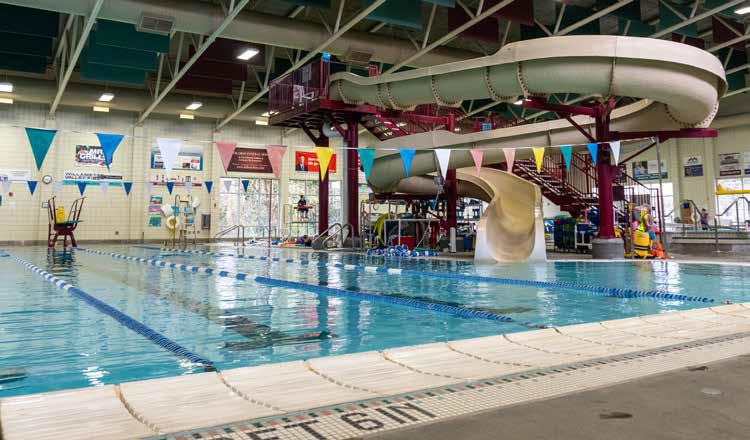
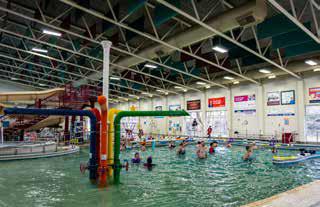
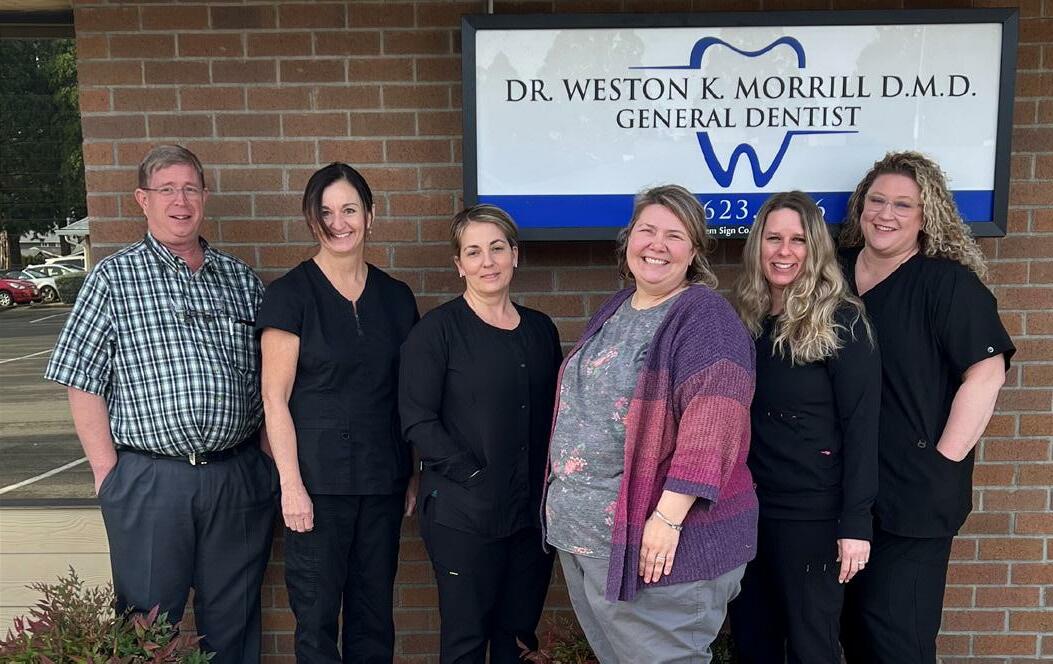

It’s all-too-common for those embarking on a regular exercise routine to skip a planned work out for one reason or another. Here are some of the most common excuses that people make not to exercise, along with some solutions to over come these challenges:
“I need low-impact exercises.” Many traditional workouts are tough on joints, which over time, can cause overuse injuries or exacerbate existing conditions. To achieve your fitness goals painfree, consider low-impact exercises such as yoga, swimming and elliptical machines.

“I don’t have the space to work out at home.” Whether you live in a small apartment or just can’t dedicate too much space to a home gym, there’s good news. Certain manufacturers of exer cise equipment have your back and are develop ing versatile, sleek fitness equipment to address your needs. At less than 23 pounds, the Cubii Total Body+ (available now for pre-order) is a good ex ample of a compact machine offering a low-im pact, approachable and achievable workout that targets everything from abs and arms to quads and calves. With a low-impact motion, you can hit eight key muscle groups using one machine. Its elliptical component features 12 resistance lev els that can be adjusted from your phone, and its resistance bands range from 2 to 7 pounds, allow ing you, to tone, sculpt and strengthen your upper body, no matter what your fitness level is.
“I’m not seeing results.” If you’ve been working out for a little while and haven’t seen immedi
ate results, don’t get discouraged. Whether your fitness goal centers around weight loss or get ting toned, it’s important to remember that little changes add up over time.
“I’m just not motivated.” If keeping the exercise spark alive is difficult, consider turning to tech. New apps that connect to your equipment via Bluetooth, like the Cubii App, can send you reminders to get moving, as well as help you track your goals. They can also help you stay accountable by allowing you to connect with a fitness community and compete with friends, or join live and on-demand classes.
“I don’t have any time.” Between work, family and other commitments, finding the time to hit the gym for an hour or more isn’t always possible. But practicing self-care and prioritizing your own health and wellness is essential. What you may not realize is that a high-quality workout doesn’t need to happen in a specific place or require a lot of time. In fact, some forms of exercise can occur while you’re working or watching TV. What’s more, even a short burst of activity is very benefi cial to getting you strong, boosting your metabo lism and energy, and improving your mood. That’s where a great versatile piece of equipment for the home or office can come into play.
Creating a new exercise habit can be an uphill struggle, especially if you are short on time, space or motivation. Luckily, new tools are emerging that can help you work out without excuses.
Dallas Community Physical Other

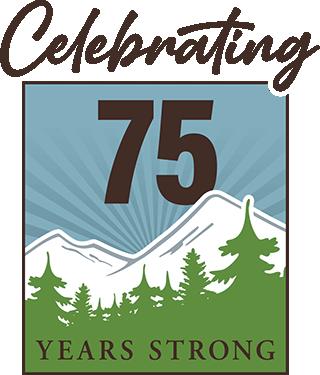
A 2019 myLifeSite Consumer Survey uncovered a lot of interesting information about prospective residents of continuing care retirement communi ties (CCRCs, or Life Plan Communities). One of the questions that was particularly revealing was about people’s reasons for delaying a move to a commu nity.

Respondents were provided a list of eight possible reasons for putting off their move and were asked to choose up to three that best represent their feelings about this topic. Among the top responses were things you’d expect like not wanting to deal with the hassle of downsizing and moving (34 per cent), and concerns about the long-term affordabili ty (42 percent).
But the most common response was, “I don’t feel
like I’m old enough for a retirement community,” with over 46 percent of survey participants selecting this as a reason they are delaying their move.
Now, it’s worth considering the age breakdown of the survey participants when analyzing the responses to this question. Among those who were 80 and under, this was the most commonly selected response with 47 percent saying they didn’t think they were old enough for a retirement community. For those who were 81 and older, 19 percent put this among their reasons for putting off a move.
For many seniors who are currently residing in their own home but like the idea of living in a setting where healthcare services are available if needed down the road, a Life Plan Community is the perfect solution. In addition to the many ameni
ties and conveniences they enjoy, residents can easily transition from living entirely independently to getting any needed assisted living services to receiving 24hour skilled nursing care in the on-site healthcare cen ter. But as the consumer survey revealed, many who are into their 80s still don’t think they are old enough to actually make the move.
So that begs the questions: When is the right time to move to a community? What is the ideal age?
Unfortunately, there is no one answer to this question because everyone’s situation will be different. People age at different rates, and different lifestyles impact the aging process. The average age of new residents is anywhere from late 70s to early 80s, but an average is just that.
The concerns that people have about moving too soon are understandable, but those who feel they aren’t old enough should be cautioned that waiting too long to make a move can mean missing out on some of the very reasons people are attracted to these communities in the first place.
The advantages of making your move
If you think a Life Plan Community is right for you, but you feel like you aren’t old enough to move to one yet, here are five reasons why you may want to con sider moving sooner rather than later:
One of the top benefits of living in a community is having convenient access to a huge array of activi ties, amenities, and services. Many of these perks take place on-site in the community, but more and more Life Plan Communities are offering ways for residents to stay involved in their broader community as well, via intergenerational programs, volunteer service projects, continuing education classes, and more. Moving when you are younger allows you to enjoy and benefit from these events and activities.
While Life Plan Communities do offer residents a continuum of care services if and when they are needed, it is their goal to help residents stay healthy and living independently for as long as possible. That’s why they provide comprehensive health and wellness programs, which may include access to fitness train ers, low-impact aerobics and yoga classes, fitness and aquatic centers, and special diet meal plans, just to list a few examples.
In addition to these amenities, more and more Life Plan Communities are focusing on a “whole-person”
concept, which includes emotional, spiritual, and men tal and social wellness, including programs like those mentioned above. Because it is our mission to help you experience the best life possible.
Residents often say that one of the greatest things about making the move to their community has been the friendships they’ve formed with other residents. This network of close, supportive friends can be especially beneficial should healthcare issues arise in the future. Those who wait too long to make their move may miss out on the opportunity to develop these meaningful relationships.
Continuing care contracts typically stipulate that new residents must be able to live independently when they first move into the community, and many Life Plan Communities require a health evaluation of prospective residents as a part of their application process. Applicants who do not meet the community’s new resident health standards can be declined, thus missing out on the numerous benefits offered by a Life Plan Community, including access to a full continuum of care services.
Smoother transition: Moving does tend to get in creasingly difficult as we age—both physically and mentally. Those who are younger (relatively speaking), able-bodied, and in good health generally are able to handle the transition more easily. On the other hand, those who are older and frailer when they make a move may be more likely to experience relocation stress syndrome (RSS), a condition characterized by symptoms like anxiety, confusion, and loneliness.
Dallas Retirement Village is a place where both resi dents and staff are truly part of our community. In fact, many of our 300+ employees have careers that span 5, 10, or even more than 25 years! And along the way, relationships are formed leading to a deep sense of commitment and support.
When is the right time to move to a Life Plan Com munity? There are many considerations that must go into your individual answer to this question. But generally speaking, once you have determined that a Life Plan Community is the right senior living option for you, it is smart to make the move while you still in good health and have the physical and emotional stamina to make a change and enjoy the benefits.

 BY DALLAS RETIREMENT VILLAGE
BY DALLAS RETIREMENT VILLAGE
Over the years, you may have thought that senior living communities are nursing homes for seniors who need high levels of care. It’s a common mis conception, and you’re not alone in your thinking. But now, as you’re actively considering a commu nity for yourself or a loved one, several senior living myths might be keeping you from making the right decision for the future. Here we’ll give you the facts as we bust out the 5 most common senior living misconceptions and provide you with clear information.
Senior living communities are only for seniors who need high levels of care.
Senior living communities have changed from decades ago—and so have society’s ideas about aging.
Seniors today are choosing community living more for the lifestyle than the need for care. There’s no “right age” to make the move anymore. More often than not, today’s seniors transition to senior living to get away from home maintenance, lawn care, cooking, and cleaning. Additionally, they choose to right-size and free-up time for activi ties, personal hobbies, and socialization. At Dallas Retirement Village, you’ll find neighbors and friends with diverse talents, interests, and backgrounds who come from all over the country. They’re ener getic, fun-loving, reserved, intelligent, creative, and well-rounded. This diversity makes the community a wonderful, close-knit place to live. Resident tes timonials on the lifestyle page of our website will give you some idea of what our friendly, outgoing residents are like.
I’ll be lonely and isolated.
The majority of today’s independent living com
munities are very resident-centered.
You have access to as much privacy as you like, yet there’s the option for socialization. Residents have variety and choice in a number of planned activities, programs, and amenities in shared living spaces. These fun activities give you a chance to spend time with other residents, enjoy their com pany, and get out and about.
Set among vineyards and the rolling hills of Willamette Valley, Dallas Retirement Village offers a small-town charm—warm and welcoming. Here, you can live more with fewer limitations and continue to grow in your senior years. Plus, you’ll ex pand your personal definition of retirement living and what your ideal lifestyle looks like. In fact, we give you all the resources to do just that.
A lifestyle free of home maintenance and upkeep gives you more time to enjoy many inspiring and fun activities—all resident-centered and focused on your overall well-being. Our Activities Calendar will give you an idea of the planned options available to you now, and the community’s exciting Phase 2 expansion will bring even more amenities and opportunities, such as an indoor pool, expanded spa, fitness center, and rooftop patio.
My apartment will be too small.
There are advantages to downsizing into a smaller living space!
If you’re moving from a large family house, your residence will likely be less square footage. But less space brings less limits! The truth is, a small er rightsized home could be a benefit to your changing lifestyle—especially if you’re beginning to have mobility issues. Smaller space. Fewer steps. No stairs. Easier to get around. And after all, your home life these days probably happens in just the kitchen, living room, and bedroom—all on the main floor. You might feel safer and more secure in a smaller home.


In addition, many older adults these days are re alizing they don’t need or want all the stuff they’ve accumulated. Getting rid of what you’re not using allows you to live more simply. Perhaps, you can even utilize the space you’ve gained for some thing new and more desirable for the way you live today. We offer a few helpful tips for how to get started with rightsizing your home for a more re warding retirement lifestyle. If you are considering a move to a senior living community, Phase 2 of the Lodge Residences at Dallas Retirement Village is opening in late summer of 2021. See how we’re making room for more living at Dallas Retirement Village. After a review of the Phase 2 floor plans, you’ll realize moving to a senior living community doesn’t mean you have to give away all of your items. Truly, we have a variety of apartment floor plans that will meet your needs—everything from 433 square feet to 2076 square feet and everything in between.
The food will be unappetizing. I won’t be able to eat on my own schedule.
In today’s communities, health and wellness are central to the lifestyle, and nutrition plays a very important role. Dallas Retirement Village offers residents a variety of dining venues with different menus, prepared by different chefs. In addition, ever-changing menus filled with nutritional meals give residents options that fit every lifestyle and dietary need.
At Dallas Retirement Village, the Timber Grille and the Red House Bistro satisfy everyone’s palate, from a made-to-order sandwich to a fresh seafood dinner. The Central Blend coffee bar is a popular
gathering place for morning coffee and fresh pas tries. Menus are ever-changing and created spe cifically for the preferences of the residents. Further, the executive chef and his team take special care to incorporate fresh, locally grown produce and wine selections from Willamette Valley into their menus.
Flexibility in dining and food is important to res idents who want dining to fit into their daily lives. Dining credits can be used for: meals served in any of the various dining venues carryout meals delivery snacks
refreshment special party catering needs grocery items from the Central Blend Marketplace and Sweet Retreat snack venues
Senior living communities are more expensive than living at home.
Actually, the cost of senior living is often compa rable to or less than the same services and support you are used to in your home.
First of all, the cost of your senior living resi dence commonly depends upon the floor plan you choose, its location within the community, and the number of people living in that residence. So, typi cally there is a wide range of affordability.
Consider, for a moment, what you are giving up and what you will be gaining. Even if you no longer have a mortgage, homeownership is costly. You have insurance, taxes, upkeep and repairs, utilities, gym memberships, dining, activities and entertainment, emergency expenses, and, poten tially, housekeeping services and lawn care.

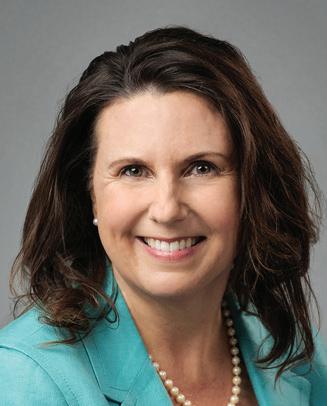

You may be familiar with a Netflix series called Tidying Up with Marie Kondo. Marie is a profes sional organizer and has created a simple meth od to declutter your life, from clothes to books to knickknacks. She has also written a book: The Life Changing Magic of Tidying Up. Here, she explains three steps to create and maintain order:
Identify your goal. Why do you want to clean up/declutter? What do you expect from it? How would you like to live and to what extent does a tidy house help? (Be detailed as you list your goals.)
Clearing out. According to Marie, it is particular ly important to process all of your belongings according to categories and not according to rooms or areas. You should pile up everything you own in a certain category (e.g., clothes or books) and then pick up every single piece and ask yourself: Does this bring me joy? Only if the answer is clearly yes, may it be kept.
Finding a place for everything. Every piece you own must have a place in your home. If you know where everything belongs, it is easier to put it away after use.
Experts suggest that empty nesters take a broad look at their plans for retirement over the next 30+ years, which may encompass several different kinds of living situations. These seniors find that they are always decluttering—and not just every spring! Their retirement involves a more “rolling plan.”
For example, some rightsize from a large subur ban home to a condo in the city. Others maintain their home as a family destination for holidays or a home base as they travel. In every case, they have a plan for 5, 10, or even 20 years. Factors en tering into specific moving stages include desired access to medical services, walkability, weather,
real estate taxes, convenience to shopping and dining, plans for travel, etc.
Decluttering is often the easier, more man ageable first step for seniors who find the initial thought of moving intimidating. If you are consid ering Phase 2 of the Lodge Residences at Dallas Retirement Village opening summer 2021, declut tering this spring will put you just that much clos er to your moving goals. And remember, moving to a senior living community doesn’t mean you have to give away ALL of your items. We have a variety of spacious floor plans that will meet your needs.
We know that the rightsizing process can be difficult for many people to begin or even work through. To help, we hold regular events where we share helpful tips and insights so that you can start looking ahead to your retirement goals. Contact us to ensure you’re on our invitation list for future events and check back regularly for upcoming events.
If you’re going to stay where you are for a while longer, decluttering now will:
Help You Live More Simply. Getting rid of what you’re not using gives you the opportunity to live more simply, perhaps even utilizing the space you’ve gained for something new and more desir able for the way you live today.
Eliminate Stress. Paring down your possessions will increase enjoyment of your home. “Getting rid of unneeded furniture, unused exercise equip ment, and outdated electronics will give you additional living space,” says Liliane Choney of ReVisions Resources, a nonprofit group that pro vides information on successful aging. “Clutter is not good for comfortable living,” Choney says. “Things are in the way. You can’t find things. Having things organized simplifies your life” . . . and eliminates stress.
Promote Family Bonding. As mentioned pre
viously, by reconnecting your children with the “memories” they left behind, you’ve created a spe cial opportunity for fun and sharing as a family. Kay Morrison, owner of The Occasion al Wife, an organizing company, says when it comes to rightsizing, the sooner the better! “One of the best gifts parents can give their children,” she says, “is to take care of all of this while you’re capable and healthy and can make decisions.”
If your plan is to actually rightsize SOON to a smaller home you could experience even more benefits:
Save money. A larger house usually means a larger mortgage payment. It also means higher costs in maintenance, property tax, and utilities. (And you will probably be less likely to purchase items you can’t easily store in your new smaller home.) The money you save can be put into quality upgrades in the smaller home you will occupy next.
More time/more leisure. Even if you have a housekeeper, a larger home takes more work to
maintain. A smaller home takes less work and less time, leaving more time for leisure and other interests and activities you really want to do. More security. Here’s a market trending hint: According to the NAHB, retiring baby boomers are already rightsizing and selling their large homes, resulting in more larger homes available and lower prices for those homes. Don’t wait too long!
And a little different twist on security: A small er rightsized home could be a benefit to your changing lifestyle—especially if you’re beginning to have mobility issues. Smaller space. Fewer steps. No stairs. Easier to get around. Greater accessibility. After all, your home life happens in the kitchen, living room, and bedroom—all on the main floor—no need to take the stairs to the upper level of your home anymore. You just might feel safer and more secure in a smaller home.
As the wise Benjamin Franklin said, “Don’t put off until tomorrow what you can do today.” Take those first steps to decluttering your home–you’ll be glad you did.

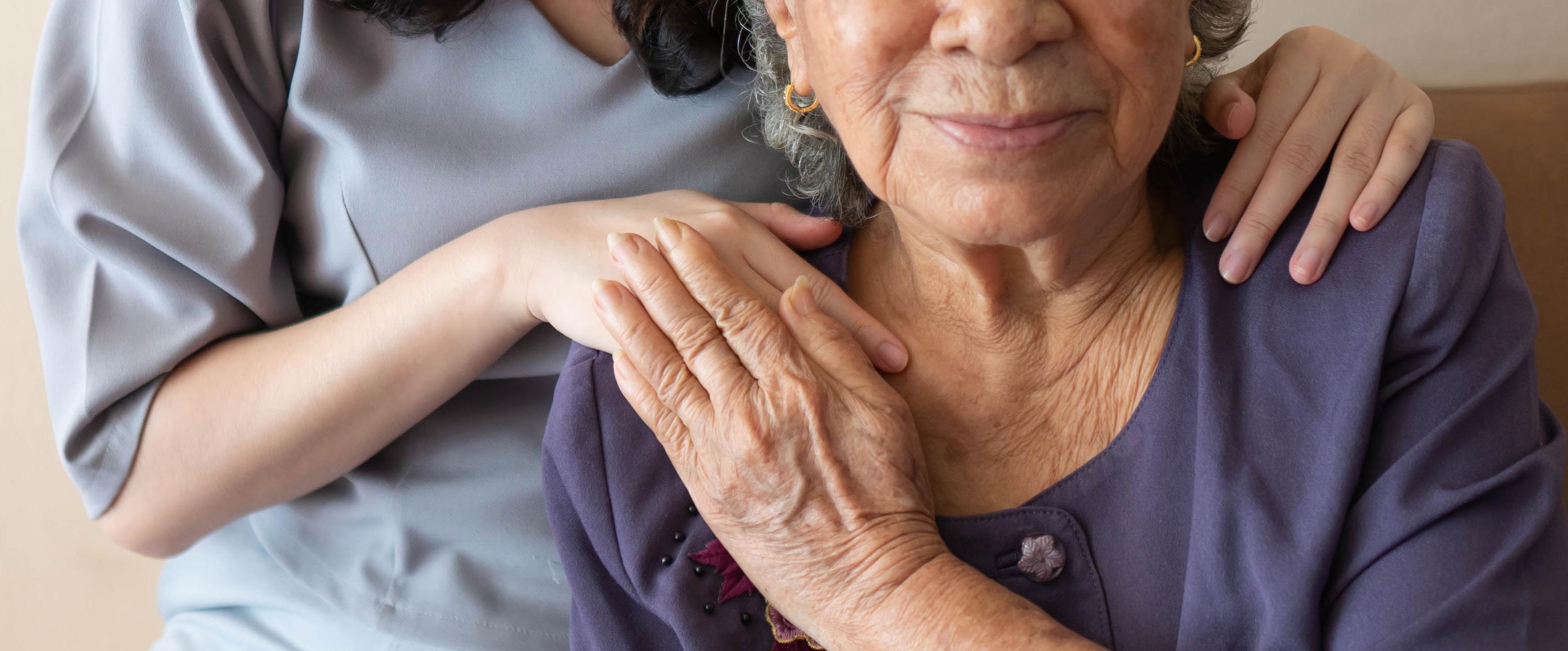






1. Decreases the risk of depression. Giving one’s time to others increases social interaction and helps build a support system based on common interests. Both have been shown to decrease de pression.
2. Promotes a sense of purpose and teaches valuable skills. Volunteers for select health care entities and service organizations perform critical roles assisting clients, patients, families, and staff. And they learn while doing, as well. Many serve as greeters who provide information and directions, as transporters for patients and their belongings, and as waiting room attendants. They make prayer shawls, blankets, sweaters, and hats typically given to newborn babies and cancer patients. They provide essential operation al services that include working in the hospital gift shop and performing clerical duties for staff. These all give volunteers a sense of purpose.
3. Encourages greater physical and mental activity. Volunteer activities get you moving and thinking at the same time, providing great ben efits to physical and mental health. Studies have found that, in general, volunteers report better physical health than non-volunteers do. Older
volunteers experience greater increases in life satisfaction and greater positive changes in their perceived health as a result.
4. Potentially reduces stress levels. Volunteering may enhance a person’s social network to buffer stress and reduce the risk of disease. By savoring time spent in service to others, one feels a sense of meaning and appreciation, both given and received, which can have a stress-reducing effect.
5. May support longevity. An analysis of CDC data from the Longitudinal Study of Aging found that individuals who volunteer have lower mor tality rates than those who do not. In addition, several studies have shown that volunteers with chronic or serious illnesses experience a decline in pain intensity and depression when serving as peer volunteers for others also suffering from chronic pain.
6. Fosters socialization and new relationship development. One of the best ways to make new friends and strengthen existing relationships is to participate in a shared activity together. Volun teering is a great way to meet new people who share common interests. Dedicating time as a volunteer also helps expand your network and practice social skills with others.
Jana is such a wonderful person! She is so kind to everyone and personable. She is such a great mother, friend and is also very professional when it comes to her work. We were first time home buyers and she helped us every step of the way! 10/10 recommend this sweet woman!
In Oregon
Jana’s excellent customer service, frequent communication, professionalism and dependability made the sale process so much easier for both of us. She seemed to have all the answers to our real estate questions. Her SRES (Senior Real Estate Specialist) designation means that she has been trained specifically focusing on the needs of buyers who are 50+.
Jana assisted us in selling our home and finding a new one. Jana was very knowledgeable about market conditions and appropriate terms and pricing. All went smoothly, and we proceeded from contract to closing with very little effort required on our end.


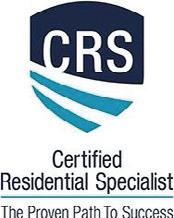

Jana and Megan Fogg are a mother-daughter team. Megan is a 3rd generation Realtor! Jana has 20+ years of Real Estate experience and has her SRES designation. Why work with a Seniors Real Estate Specialist? SRES® designees have unparalleled training and experience in seniors real estate. So whether you are looking for your first home or your happily ever after, Jana and Megan Fogg are here to help!

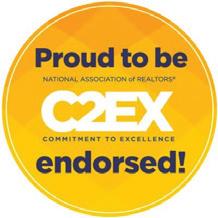

 DR. ALLA NICOLULIS Naturopathic Health And Beauty LLC
DR. ALLA NICOLULIS Naturopathic Health And Beauty LLC
Staying on top of health conditions and con cerns becomes a very important step in health management as we age. It is always better to prevent an illness rather than treat it. While some factors are outside of our control, there are many important steps we can take.
Arthritis is a leading cause of disability in the United States. Everyone living with arthritis has
a different experience, but there are some basic aspects that are common to all such as pain, tenderness and inflammation. Your own lifestyle and needs will direct how you will adapt to your everyday symptoms. Talk with your care provid er to come up with a plan that includes physi cal activity, nutritional recommendations and a non-pharmaceutical approach to pain.
Another common symptom that comes as we age is a decline in memory and other mental abilities, changes in mood and difficulty in sleep
ing. A health care provider can help to choose which treatment strategy is most appropriate depending on each individual case.
Osteoporosis is thought to be the underlying problem involved for most fractures. Poor nutri tional status, recurrent falls, some medications, such as prolonged use of steroids and hyperthy roidism can be a risk factor for osteoporosis.

With age, there is an overall decline in immune function, which includes decreased cell-mediated immunity and decrease antibody response. These changes make the elderly more susceptible to in fections. Your provider can help you to support your immune system during cold and flu season.
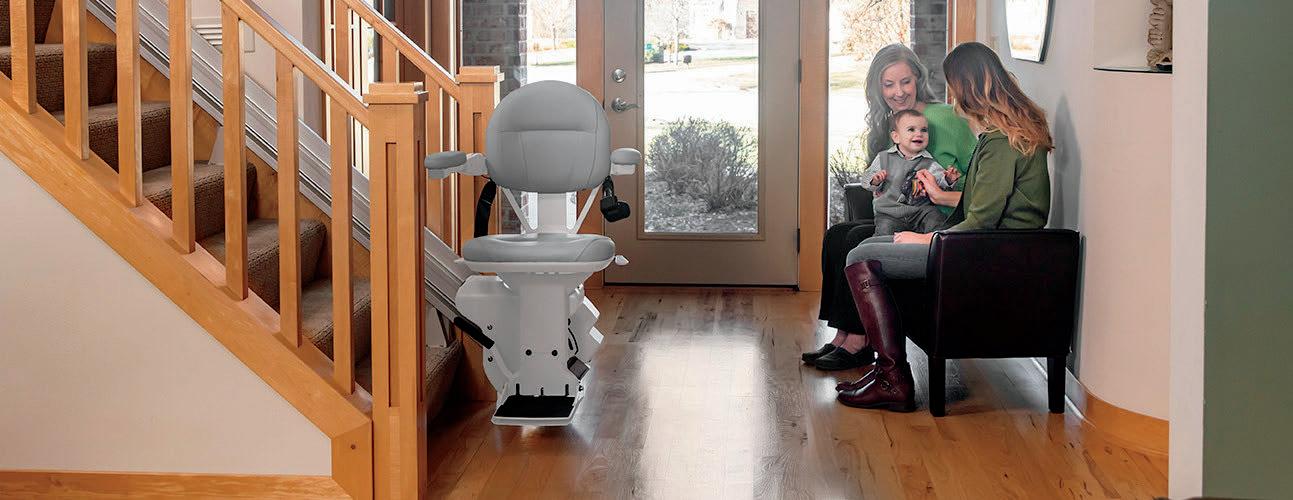
Dallas Area Senior - Activity Calendar
Table Games All Day * 8:30 Board of Director Mtg 12:00 - 3:00 Canasta
Table Games All Day
12:00 Duplicate Bridge 12:00-3:00 Canasta
Table Games All Day 12:00 - 3:00 Canasta
10:30 Low Impact Exercis 10:00 Four Handed Pinochle 11:00 - 3:00 Mahjongg
10:30 Low Impact Excercise 12:00 - 3:00 Bridge 1:30 - 3:00 Chat & Chill
10:00 six Handed Pinochle 10:00 - 12:00
Listening Ear
General Meeting & Potluck
Table Games All Day 12:00 Duplicate Bridge 12:00-3:00 Canasta
Table Games All Day 12:00 - 3:00 Canasta
12:00 - 3:00pm
*
10:30 Low Impact Exercis
10:30 Low Impact Exercis 10:00 Alzheimer’s Support Group 1:00 - 3:00 Bunco 10:30 Low Impact Exercis 3:30 - 4:30 Medicare Ed. & Health plan Opt.
10:00 Four Handed Pinochle 11:00 - 3:00 Mahjongg 10:00 Four Handed Pinochle 11:00 - 3:00 Mahjongg 10:00 Four Handed Pinochle 11:00 - 3:00 Mahjongg
10:30 Low Impact Excercise 12:00 - 3:00 Bridge 1:30 - 3:00 Chat & Chill 10:30 Low Impact Excercise 12:00 - 3:00 Bridge 1:30 - 3:00 Chat & Chill 10:30 Low Impact Excercise 12:00 - 3:00 Bridge 1:30 - 3:00 Chat & Chill
October 10th and 24th - 6:00 - 9:00pm Karaoke and Cribbage
10:00 six Handed Pinochle 10:00 - 12:00 Listening Ear 10:00 six Handed Pinochle 10:00 - 12:00 Listening Ear 10:00 six Handed Pinochle 10:00 - 12:00
Listening Ear
October 14th and 28th - 5:00 - 7:00 Bingo Dinner & 6:00 - 9:00 Bingo
October 13th - 11:30 Out to lunch Brunch (Westside Pacific Family Rest.) & 3:30 - 5:00 Elder Law Series (Elder Law Presentation - Single Prayer or Universal Healthcare and Oregon Hope Amendment)
October 27th - 3:30 - 5:00 Elder Law Series (Elder Law Presentation - Dementia and Alzheimer’s Disease, legal and medical)
October 25th - Medicare Education, Health Plan Options, and Plan Analysis
Recently while in a physical therapy office I saw a handwritten sign that stated, “Movement is Lotion for the Bones!” That struck quite a chord in me, not being one who likes to exercise much and having significant problems with arthritis. I then discovered that there is a week in October dedicated to Active Aging. We all know we are creatures that are built to move.
It was a necessity for our ancient ancestors, but our modern “conveniences” have allowed the cur rent generation to move as little as possible, if they choose to do so. We have microwave ovens, so no need to gather firewood and stoke the cast iron stove to cook; automobiles, so the need to walk is at a minimum, visiting neighbors isn’t necessary as we have entertainment at our fingertips in the television and on our smartphones. Even our recliners are electric so forget about having to deal with that annoying handle to raise our legs!
So, one might ask -Why Exercise??? Below are a few reasons to do so:
• Improved physical and mental health Increased energy Improved social interactions

• Slowing or reversal of overall declining health Fewer limitations with daily activities Lower risk of depression
• Fewer falls and injuries
• Lower rates of hospitalization Lower rates of chronic disease (or more manageable symptoms for those who are already affected by it)
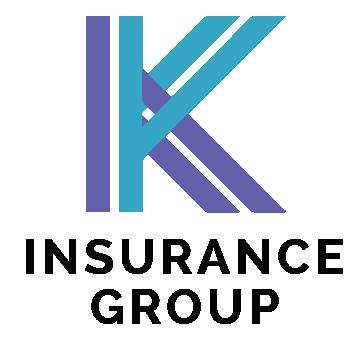
The next thing to consider is the type of exercises to perform. Generally, exercise can be divided into four categories:
1. Strengthening – weight lifting
2. Aerobic-elevating your heartbeat
3. Balance

Each type has a different purpose and quite frankly we all need all four. Exercise can be done at home alone or with friends, in a group at a club or senior center, or in a gym. Everyone can do something, and the more you do the better you will feel. Ask your doctor what is right for you.
Dallas Senior Center is designed to provide a variety of services and programs to the older population of the Dallas Area. Our goal is to enhance social interaction to create a better mental outlook and physical health in a relaxing and fun environment.
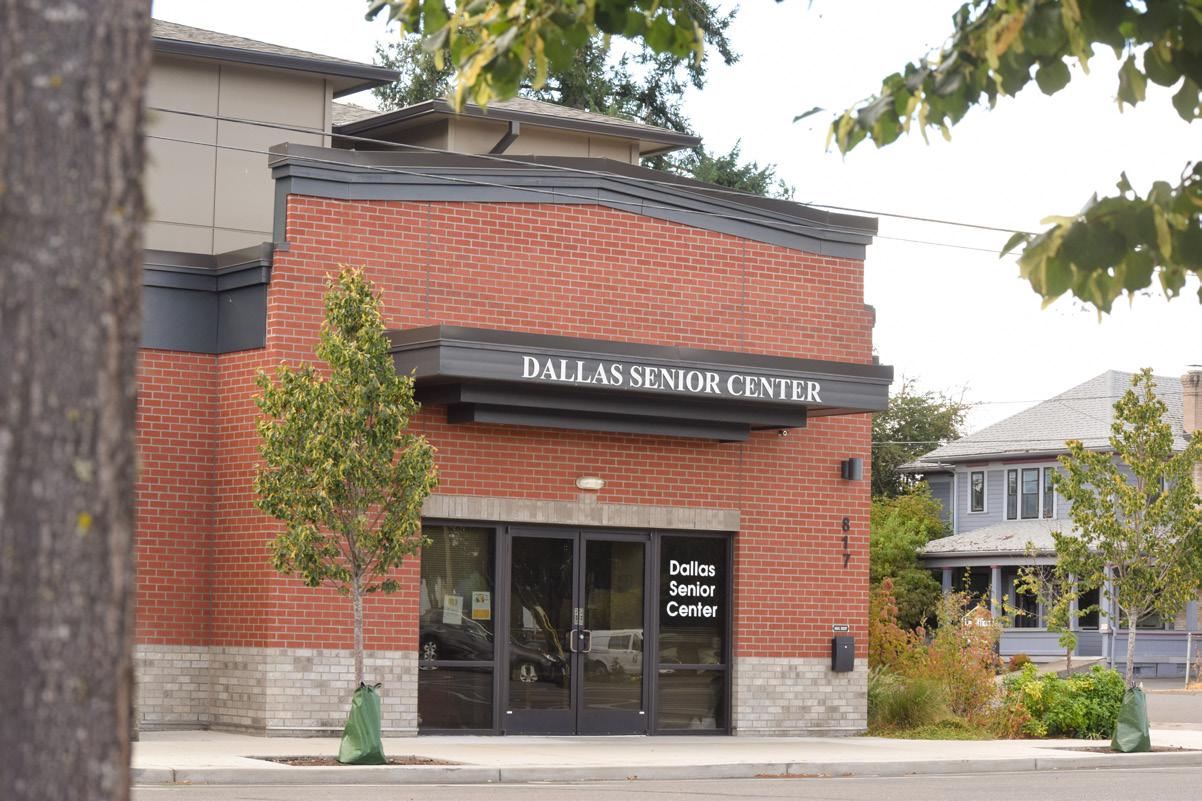
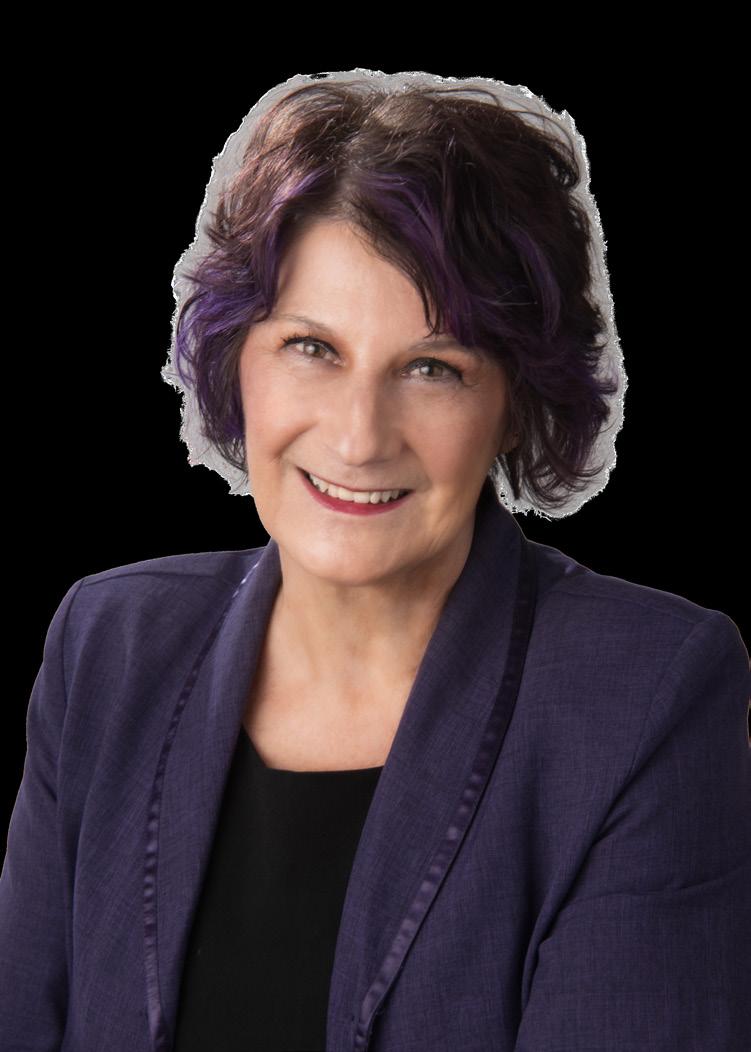
Church St.
Uglow
Specialty Clinic

Main St.
Main St.
St.
St.
Center
Center
St.,
St.,